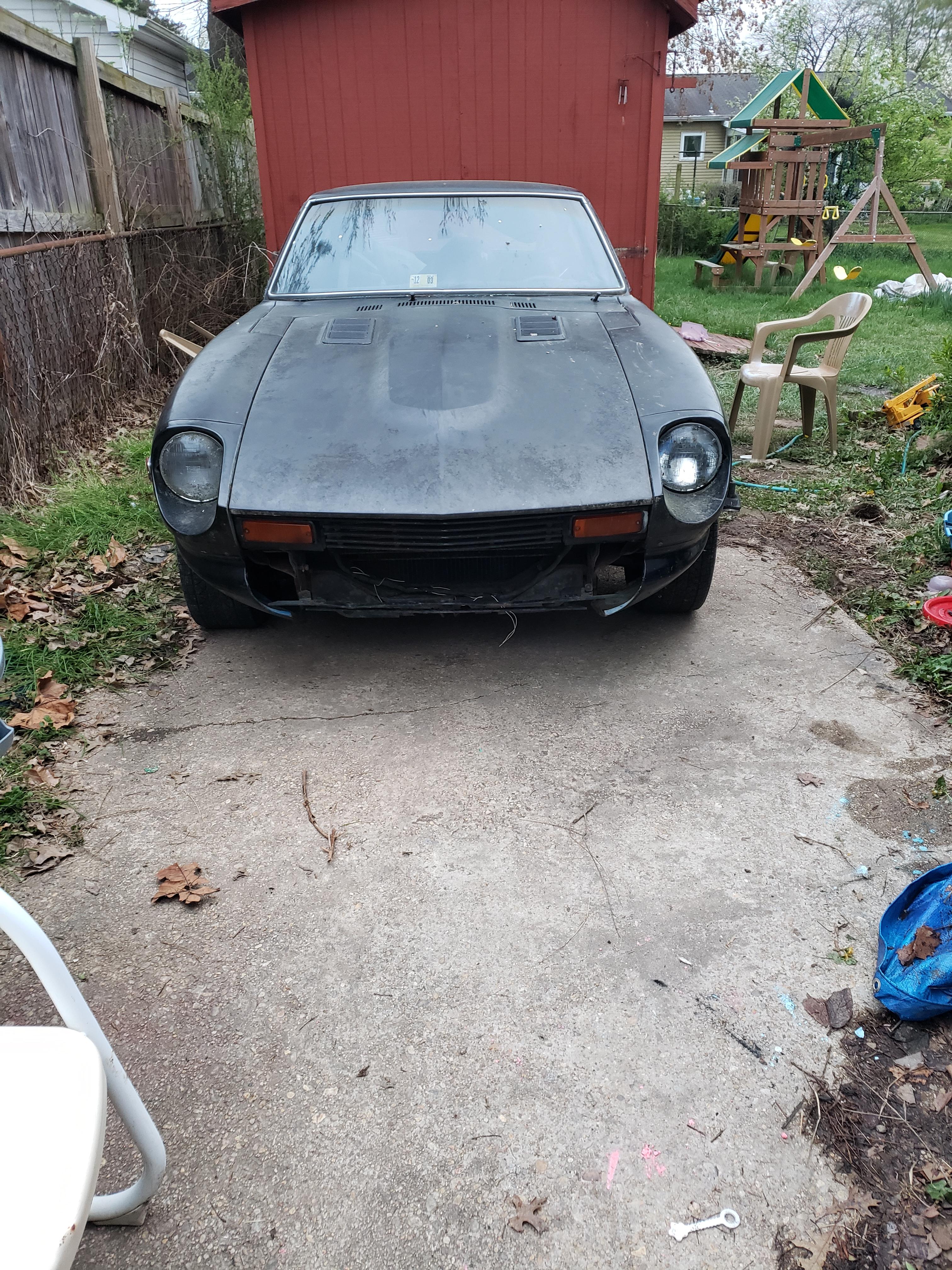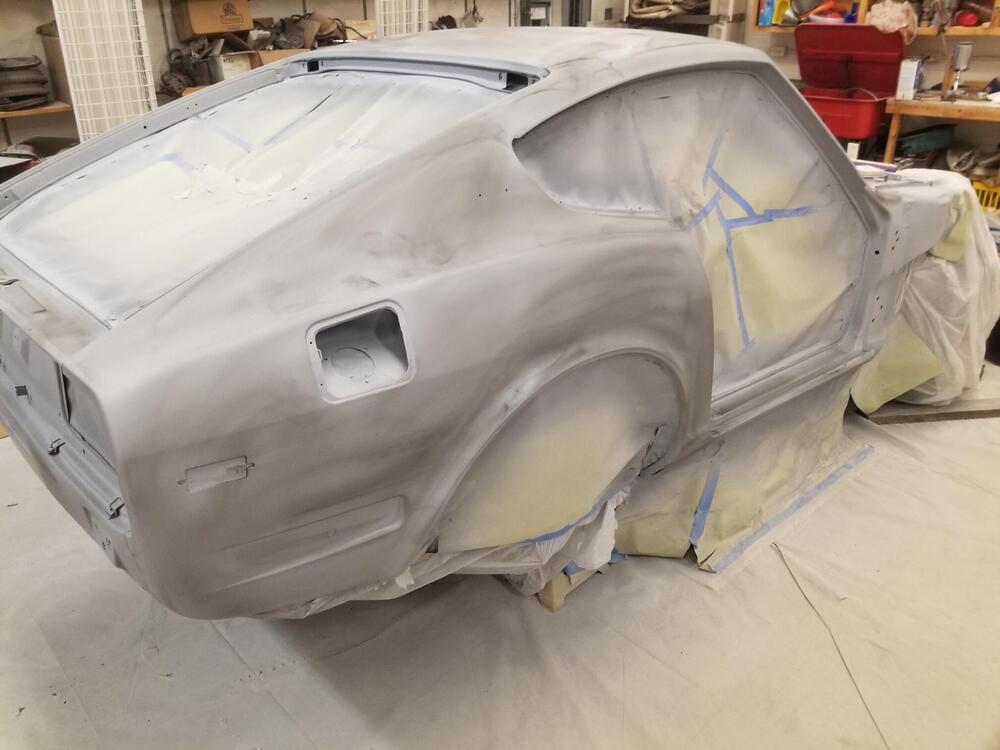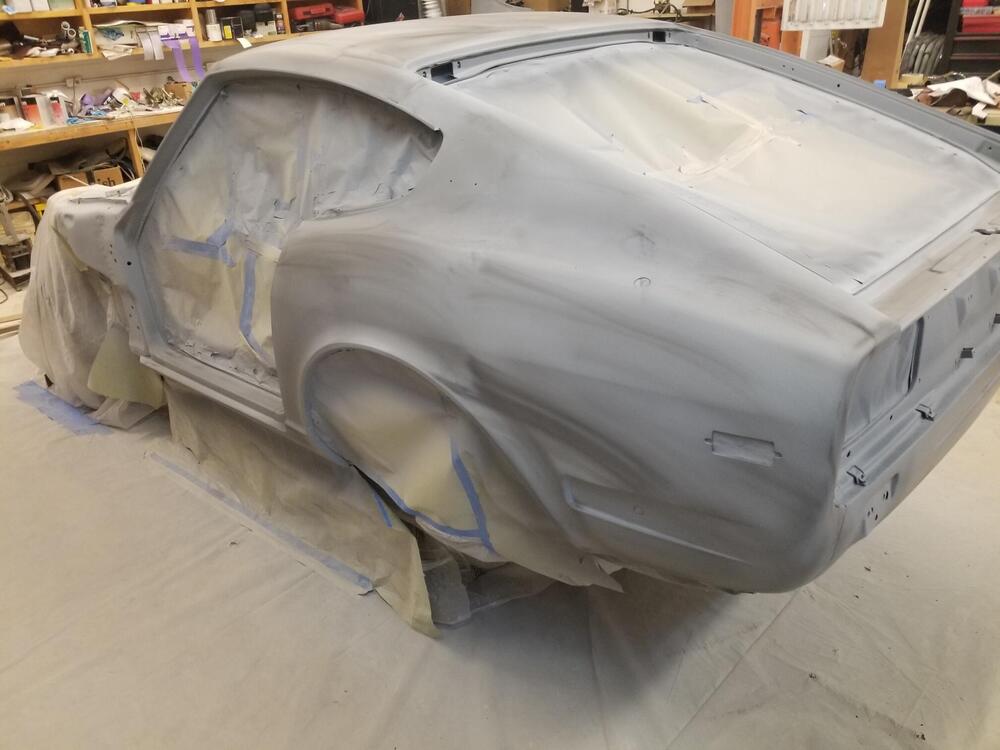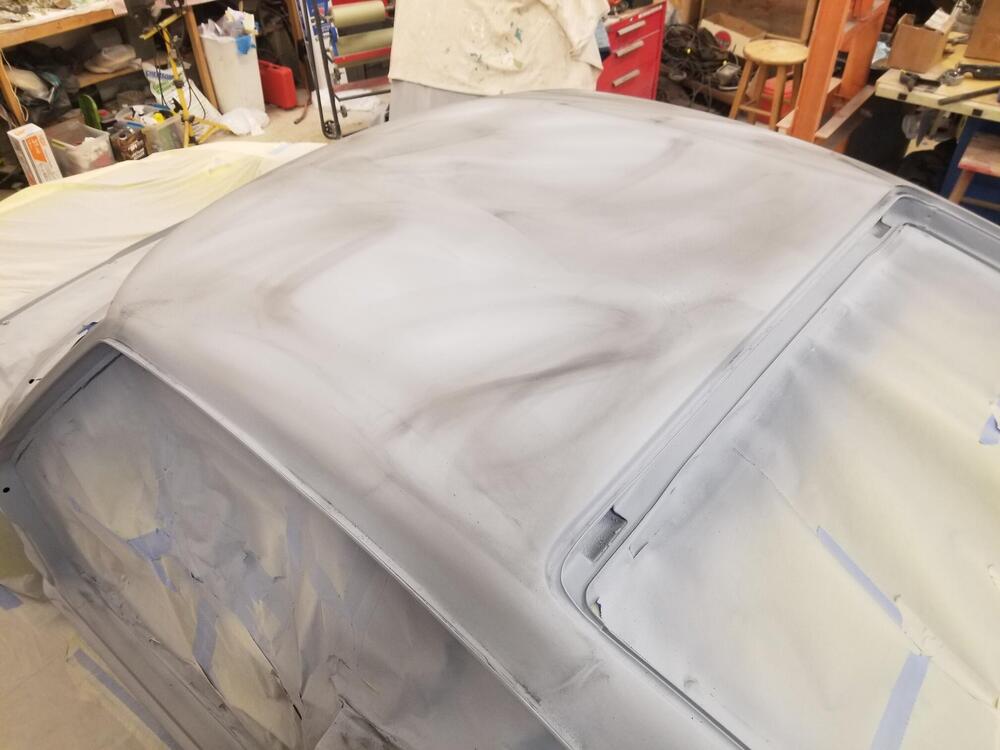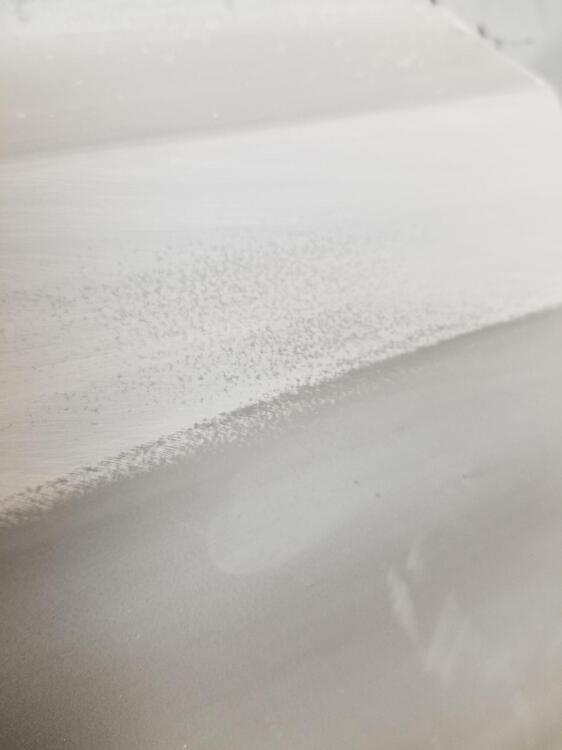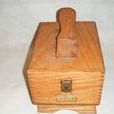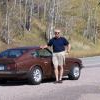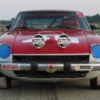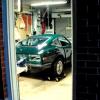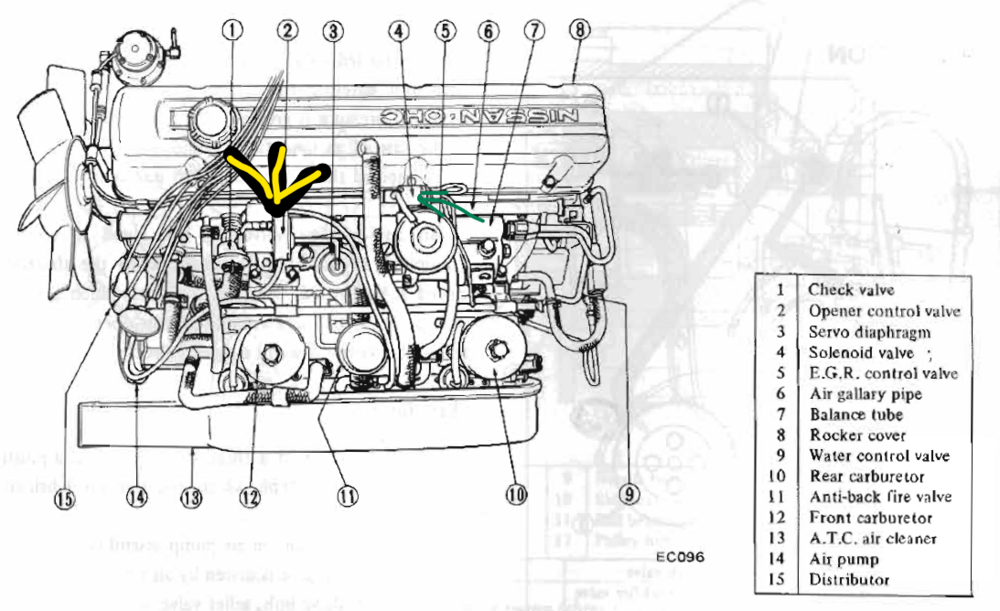I went to work for Boeing eight years ago, as an aircraft structures mechanic. During the three month training period I was surprised that, as a world wide, multinational corporation, Boeing has stuck with inches and feet, 100%.
Everything is built to the nearest 0.001”. Holes for rivets and bolts are drilled to decimal sizes in inches. Parts are located in inches. Locations on the airframe are given a by 3 point location system, in inches, from a point just ahead of the nose of the airplane aft to the tail for fore and aft, from the water line for up and down, and from the buttock line (centerline) for right and left, all in inches.
Interesting to note that given a 777 commercial airliner has a wingspan around 200 feet, and is around 200 feet long (freighters are shorter than passenger planes), yet everything is located in inches.
I was disappointed that engineering hadn’t embraced the metric system. Given that math is not one of my better skills, I thought that metric would be easier than fractional and decimal inches.
*sigh*
Oh well, it didn’t take long to get used to it, and now I’m very well versed in everything we do there. Everyday I machine the specialized aluminum alloys, titanium, and (only rarely) stainless steel. The hole sizes are small for the most part, nominal sizes of 0.125” for pilot holes and small rivets, up to 0.375” for larger rivets and bolts, which covers most of the fasteners used. Sure, there are larger fasteners, up to 1” and 1.5” for wing attachments (the titanium bolts that attach the wings to the fuselage cost several thousand dollars apiece).
Holes for rivets are sized slightly larger than the rivet, which swells to the finished hole size when it is driven.
Holes for most bolts (called “permanent straight shank fasteners) are sized slightly smaller than the bolt, which is forced into the hole (transition fit) using a rivet gun.
The specifications call out for the hole sizes of various fasteners, with tolerances in the thousandths of an inch.
Even the final assembly jigs and tooling are built in inches. The FAJ (final assembly jig) for each part of the build are massive steel structures set on concrete piers that go 30 feet into the factory floor. The FAJ for the 777 Wing Majors is 4 stories tall, and covers the area of a US football field, and 4 pairs of wings are built simultaneously. The forward and aft fuselage sections were also assembled inside massive FAJs, but the new 777-9 fuselage is now built on giant crawling cradles.
The 767 freighters and KC-46 tankers are built in similar tooling, but the fuselage is still done in FAJs set on huge concrete piers.
The 747 is also done with large FAJs, but those will be getting torn down soon, as the last airplanes are being manufactured this year, after more than 50 years.
I started in 777 Wing Majors, then worked building the wing spars for 777. After a summer working on the flightline)also 777), I have been on the 767 Freighter/KC -46 tanker program in forward bodies (everything forward of the wings).
I plan to retire at the end of the year. From the FAJ I work in on the 767/KC-46 program I can see the wing/body join and final assembly areas of the 747. The last pair of wings was loaded into the 747 wing/body join FAJ the other day. In another part of the factory the 747 spar FAJs have already been torn down after more than 50 years of manufacturing 747 wing spars. The 747 Wing Majors tool will be torn down soon to make room for the next chapter of Boeing in Everett, Washington,
And as always, in inches.

